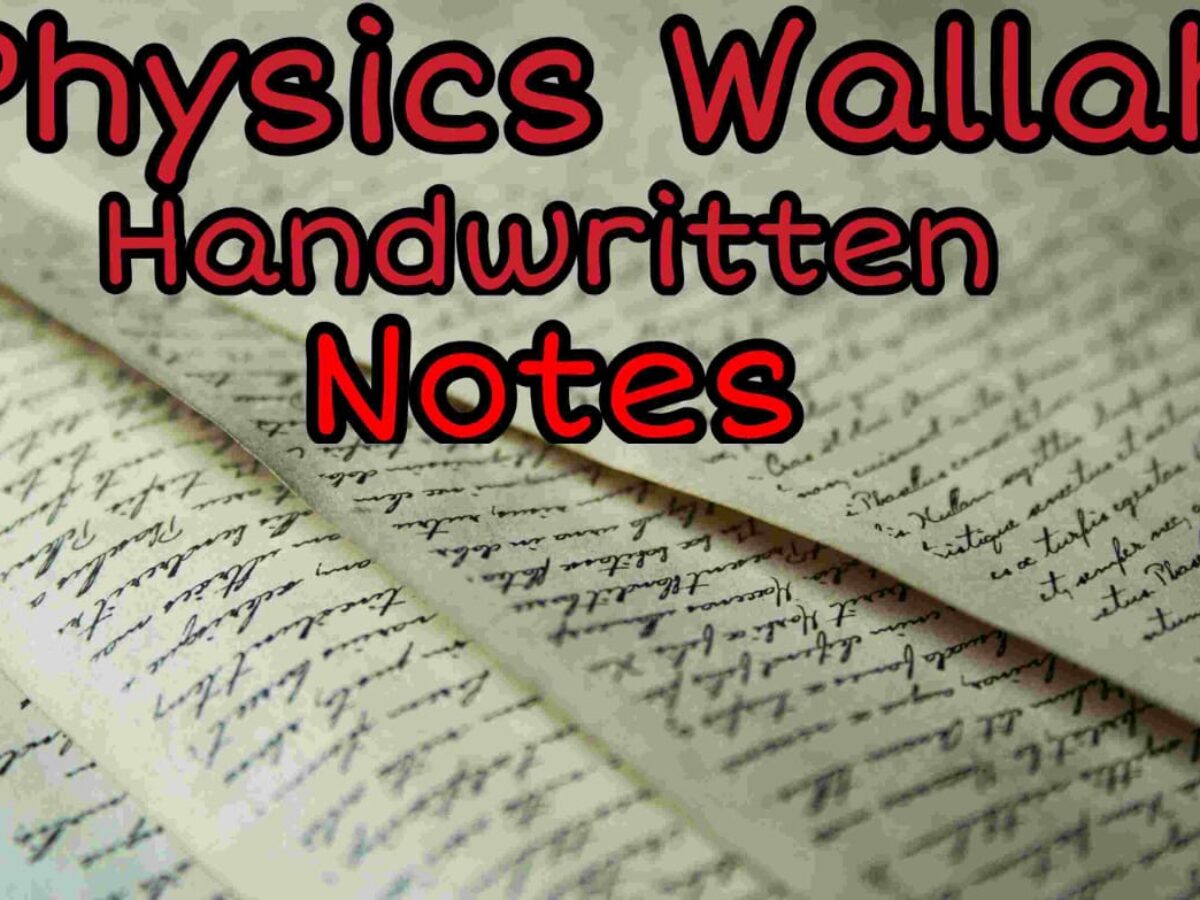Outrageous Electrostatics Class 12 Notes Physics Wallah

Class 12 Physics Electrostatics Get here the Notes for Class 12 Physics Electrostatics.
Electrostatics class 12 notes physics wallah. NCERT Chapter 02 Click here NCERT Chapter 02 Solutions Click here Assignment 1 Click here Assignment 2 Capacitance Click here Physicswallah Typed Notes Click here Physicswallah Typed NotesCapacitance Click here Answers of assignment are given at the end of each assignment with complete solutions. Laws of Motion Ch 6. Moreover electrostatic potential is the amount of work that we need to move a unit positive charge from an initial point to any specific point with producing any acceleration.
The study of the. Electrostatics class 12 notes pdf- This is the Chapter 2nd of Class 12th Physics. Sir Im a physically challenged student of class 12th and I couldnt go anywhere for physics coaching or tution and Im so lucky that I have teacher and motivator like you sir.
NCERT Chapter 01 Solution. Motional EMF in Rotating Rod. Electric Current and Drift Velocity JEE MAINSNEET.
Candidates who are ambitious to qualify the Class 12 with good score can check this article for Notes. 01Electric Charges and Fields. Ncert Based Class 12 Physics Covered in Physics Wallah Notes Question Papers JEE NEET App Electrostatics and Capacitance Current electricity Magnetic effect of current and Motion of a charged particle in the magnetic field Earth magnetism and Magnetic properties of the substance Electromagnetic wave.
Live Classes Video Lectures Test Series Lecturewise notes topicwise DPP dynamic Exercise and much more on Physicswallah AppDownload the App from Google. WorkEnergy and Power Ch 7. Furthermore this chapter deals with electrostatic potential and capacitance.
Here you will get all the Electrostatics formulas for class 12 JEE and NEET examination. Physics Wallah - Alakh Pandey. ELECTROSTATIC HANDWRITTEN NOTES FOR 12th class Physics handwritten notes for 12th class Physics define electrostatic electrostatic series conservation of charge coulombs law dielectric constant or relative permitivity principle of superposition linear charge distribution surface charge distribution electric field electric dipole electrostatic potential electric flux.











